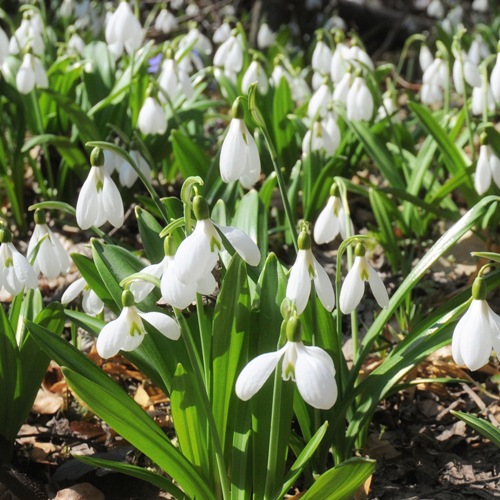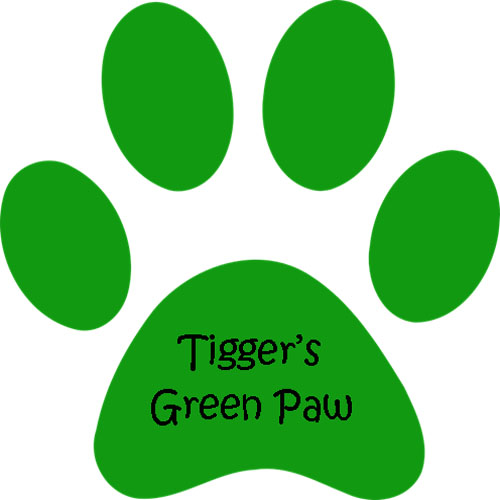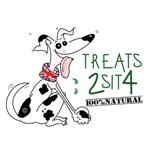Tigger's Green Paw
Snowdrops
Animal Safety: Dogs: No Cats: No Rabbits: No
This is a plant for animals to avoid.
Free Grazing: No
Lifespan: hardy perennial
Soil Type: Prefers partial shade, moist but well drained soil.
Life cycle:
Bulbs are planted and flower in early January. They return every year.
If the plant cluster seems weak and thin, dig up the bulb clump and carefully remove some of the bulbs to thin the plant out. The removed bulbs can be planted elsewhere.
There are over 20 species of snowdrops in Europe.
Snowdrops are in the same plant family as daffodils, onions and chives.
In cold spells you will often see snowdrops collapse to the ground, only to resurrect themselves once the temperature rises. Plant tissue is often damaged or killed by ice crystals forming in the cells during freezing. However, many plants, including snowdrops, have ‘anti-freeze’ proteins that help inhibit ice crystals forming and limit their growth, protecting the plant cells from damage. Snowdrop leaves have specially hardened tips to help them break through frozen soil. These are essential qualities for plants that grow and flower at the end of winter.
The outer segments of snowdrops move in response to changes in temperature. When air temperatures are above 10°C, pollinating insects such as bees are likely to be flying, and the petals move upwards and outwards, opening the flower for them.




